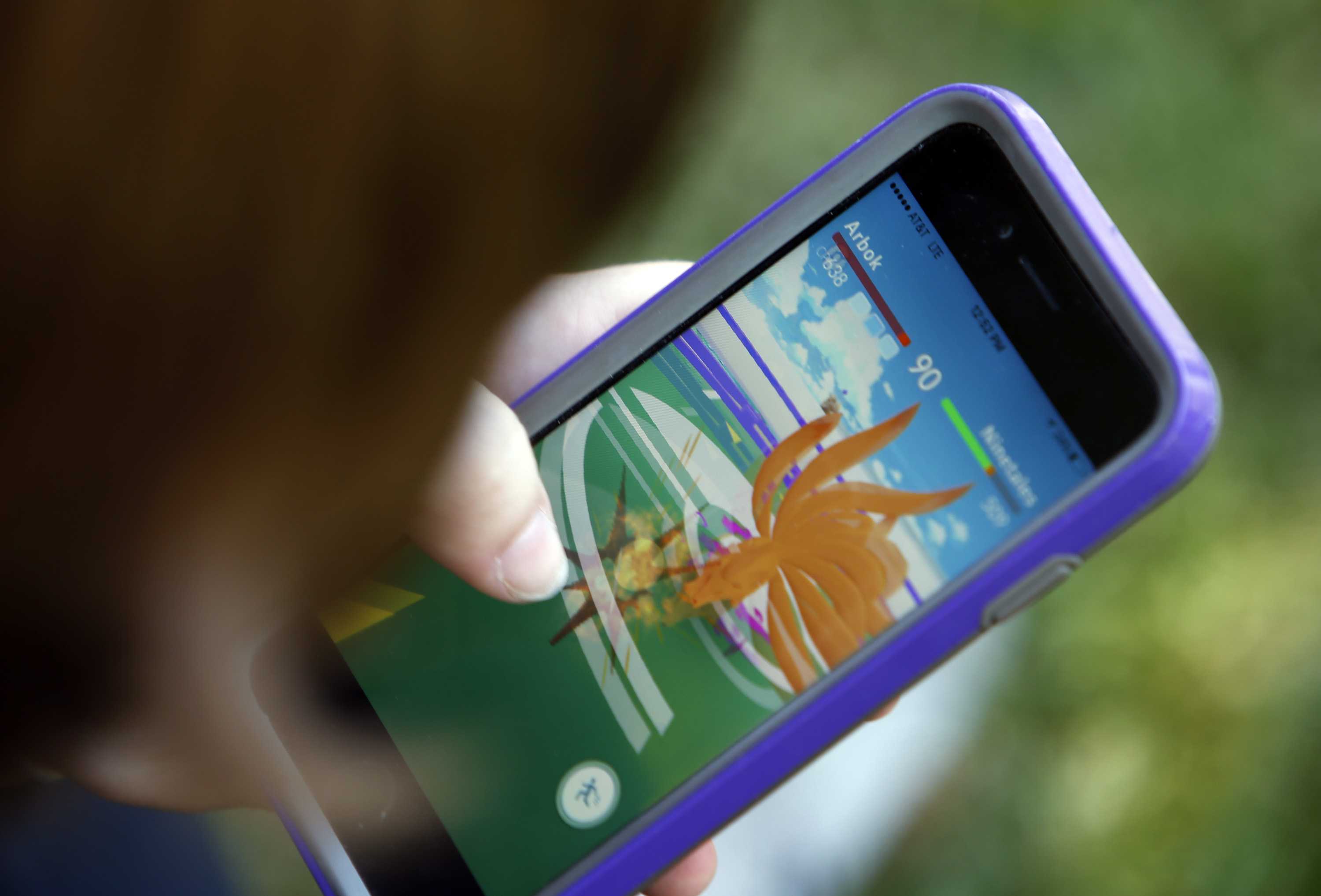By Marcus Karby
When the semester began, Pokémon Go was the new sensation sweeping the nation.
Everyone and their dog had downloaded the new mobile app onto their phones and were running around looking for invisible monsters. Lately, most of you have probably noticed fewer and fewer of your peers playing the once popular mobile game.
This is a shame, because it brought so many gamers and shut-ins out into the world. These people made real world connections that tech critics have always said were lacking in traditional video games. This game did not make people anti-social, but did the opposite and actually encouraged mingling with others. People would meet in parks, outside of churches and even shady parking lots at two o’clock in the morning, but were not dealing drugs.
This game also subtly assisted in exercising. It had built in pedometer that hatched Pokémon eggs after so many steps. I found myself going on walks around town for the first time since I was a little kid. I was having fun and feeling better about myself.
Not to mention that the game part of the game is what most Pokémon fans had always wanted; they were able to go and catch Pokemon in the real world. I was overjoyed when I hatched my favorite Pokemon after an hour walk– a Scyther, a man-sized bug with swords for hands.
In the end I grew tired of the game and its repetitive gameplay. You can only throw so many Pokeballs at nonexistent creatures and have them miss before you begin to lose interest.
I wish that the gameplay could be fixed to be more rewarding. Within two weeks I had already caught a third of the total roster. There needs to be more Pokémon added to the game, allowing people to continue to play for longer without getting so bored. This would also persuade fans of Pokémon to once again try and catch them all.
It was a game with so much promise that has failed to live up to its full potential. All those who have stopped playing should give it another shot once programmers fix the issues that consumers may have during gameplay.




